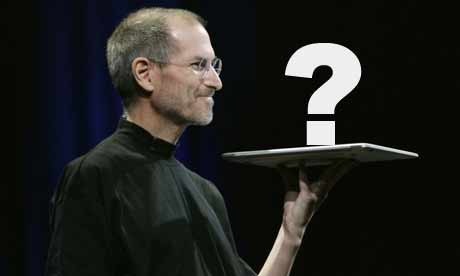Apple Tablet + RE (Reader Experience)
The Apple Table launches today and it makes me think about its transformational nature. If the tablet is a combination of reader and iTouch as most report, with a few extra wireless bells and whistles, it should be quite so.
Some articles appeared yesterday that suggested print media companies will be developing reader experiences (RE – just make that up) to make reading digital content more enjoyable. Think the printed word with sound, video and geo-linking. But here’s my prediction — rather than embedding links in situ in a story, they will be organized at the end of the story or chapter, like a bibliography. The written word needs a flow and pacing. A thought stream. In both magazines and book form. Clicking out to videos, communities, maps, audio files, etc. while reading is a very ADD and though something we’ve become accustomed to in the digital world, a behavior that good publishers will want to minimize.
There will be great attention paid to Reader Experience over the next couple of years. It should be interested to see who establishes leadership. I’m thinking the MPA (Magazine Publishers of America) should step up. Tablet ho. Peace!
Photomontage: Robert Galbraith/Reuters








